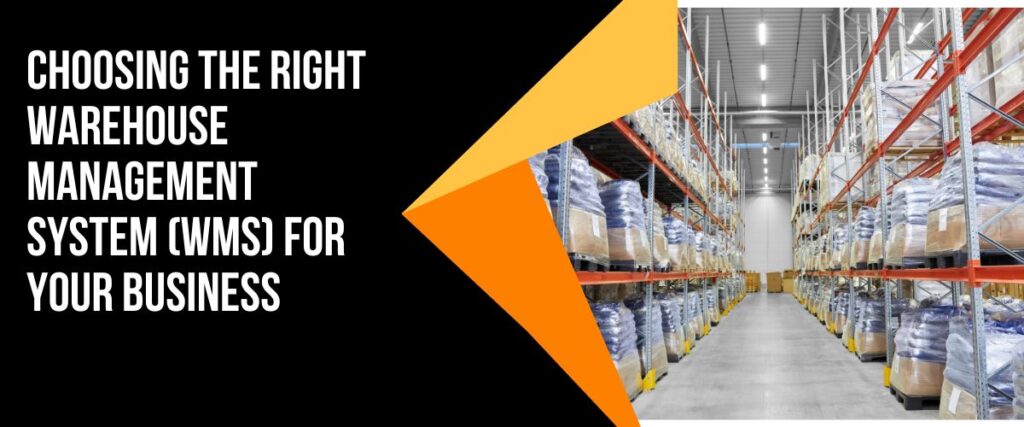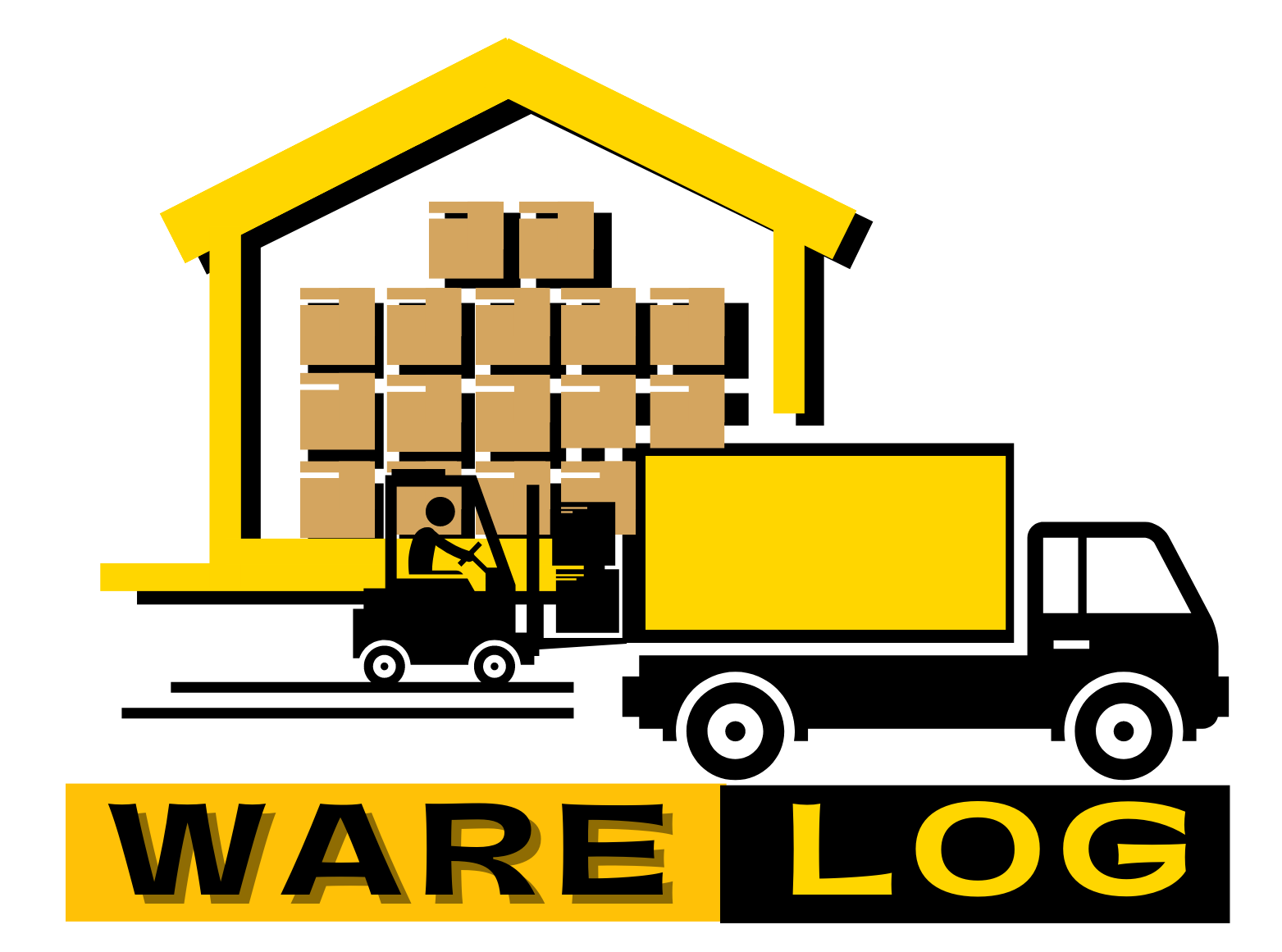
Choosing the Right Warehouse Management System (WMS) for Your Business
In the dynamic world of warehousing, having the right Warehouse Management System (WMS) is essential for optimizing operations and achieving efficiency. Selecting the appropriate WMS for your business can significantly impact productivity, accuracy, and customer satisfaction. This article aims to guide you through the process of choosing the right WMS that aligns with your specific needs and objectives.
Understanding Your Business Needs
Before embarking on the search for a WMS, it is crucial to gain a deep understanding of your warehouse operations and requirements. Assess your current workflows, identify pain points, and pinpoint areas that need improvement. By clearly defining your goals and objectives, you can evaluate WMS options more effectively and select a system that addresses your unique challenges.
Key Features and Functionality of WMS
A comprehensive WMS should encompass key features and functionality that align with your warehouse requirements. These may include robust inventory management capabilities to track stock levels, order processing and fulfillment modules to streamline operations, and warehouse layout optimization features to maximize space utilization. Additionally, consider integration capabilities with other systems and technologies to ensure seamless data flow and operational efficiency.
Scalability and Flexibility
As your business grows and evolves, your warehouse needs may change. It is essential to choose a WMS that is scalable and flexible enough to accommodate your future requirements. Evaluate the system’s ability to handle increased transaction volumes, support additional warehouse locations, and adapt to changing business demands. The chosen WMS should be capable of growing with your organization, ensuring a long-term solution.
Integration Capabilities
Efficient warehouse operations often rely on the integration of various systems and technologies. When selecting a WMS, consider its compatibility with existing systems such as Enterprise Resource Planning (ERP) or Customer Relationship Management (CRM) software. Assess the system’s ability to integrate with hardware devices and automation technologies like barcode scanners, RFID systems, and robotic systems. Seamless integration eliminates data silos, enhances visibility, and optimizes warehouse processes.
User-Friendliness and Ease of Implementation
A user-friendly WMS with an intuitive interface and navigation is crucial for smooth operations. Evaluate the system’s ease of use and assess whether your staff can quickly adapt to it with minimal training. Consider the vendor’s support and training offerings to ensure a seamless implementation process. Additionally, inquire about the estimated implementation timeline and potential disruptions to warehouse operations during the transition period.
Customization and Configuration Options
Every warehouse has unique requirements, workflows, and processes. Look for a WMS that offers customization and configuration options to tailor the system to your specific needs. Assess the flexibility of the system in accommodating changes to workflows, inventory management rules, and reporting structures. Understanding the level of customization allowed by the vendor ensures that the chosen WMS can adapt to your evolving business needs.
Data Analytics and Reporting
Data analytics plays a crucial role in warehouse optimization and decision-making. Evaluate the WMS’s reporting capabilities, such as real-time data access, customizable dashboards, and comprehensive performance metrics. The system should provide actionable insights that enable you to make informed decisions and identify areas for process improvement. A robust WMS with advanced analytics capabilities empowers you to drive efficiency and productivity within your warehouse operations.
Vendor Selection and Evaluation
When selecting a WMS, it is essential to conduct thorough research and evaluate multiple vendors. Shortlist vendors based on their industry reputation, experience, and track record. Request demos to gain hands-on experience with the system’s features and functionality. Consider factors such as vendor support, training, and ongoing partnership potential. Choosing a reliable and reputable vendor is crucial for long-term success with your chosen WMS.
Total Cost of Ownership
While evaluating WMS options, it is important to consider the total cost of ownership (TCO) beyond the initial implementation cost. Assess ongoing maintenance fees, software updates, and technical support costs. Calculate the potential return on investment (ROI) based on anticipated improvements in efficiency, productivity, and customer satisfaction. Understanding the TCO helps you make an informed decision that aligns with your budget and business objectives.
Choosing the right Warehouse Management System (WMS) is a critical decision that can significantly impact your warehouse operations. By understanding your business needs, evaluating key features, considering scalability, and assessing integration capabilities, you can identify the WMS that aligns with your requirements. Pay attention to user-friendliness, customization options, data analytics capabilities, and vendor support. With careful evaluation, you can select a WMS that optimizes your warehouse processes, enhances productivity, and drives overall business success.
